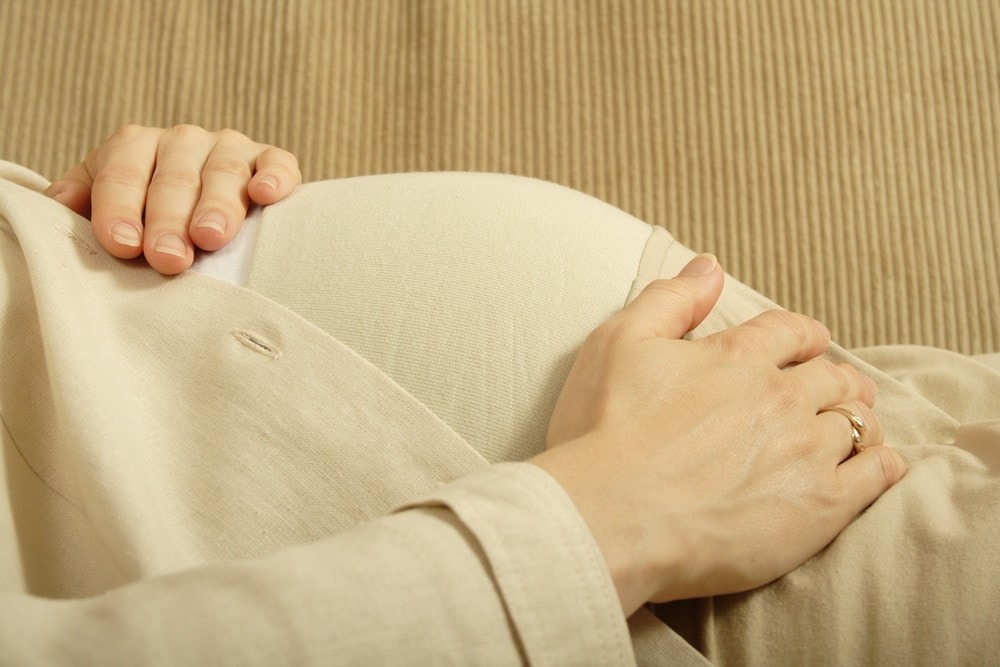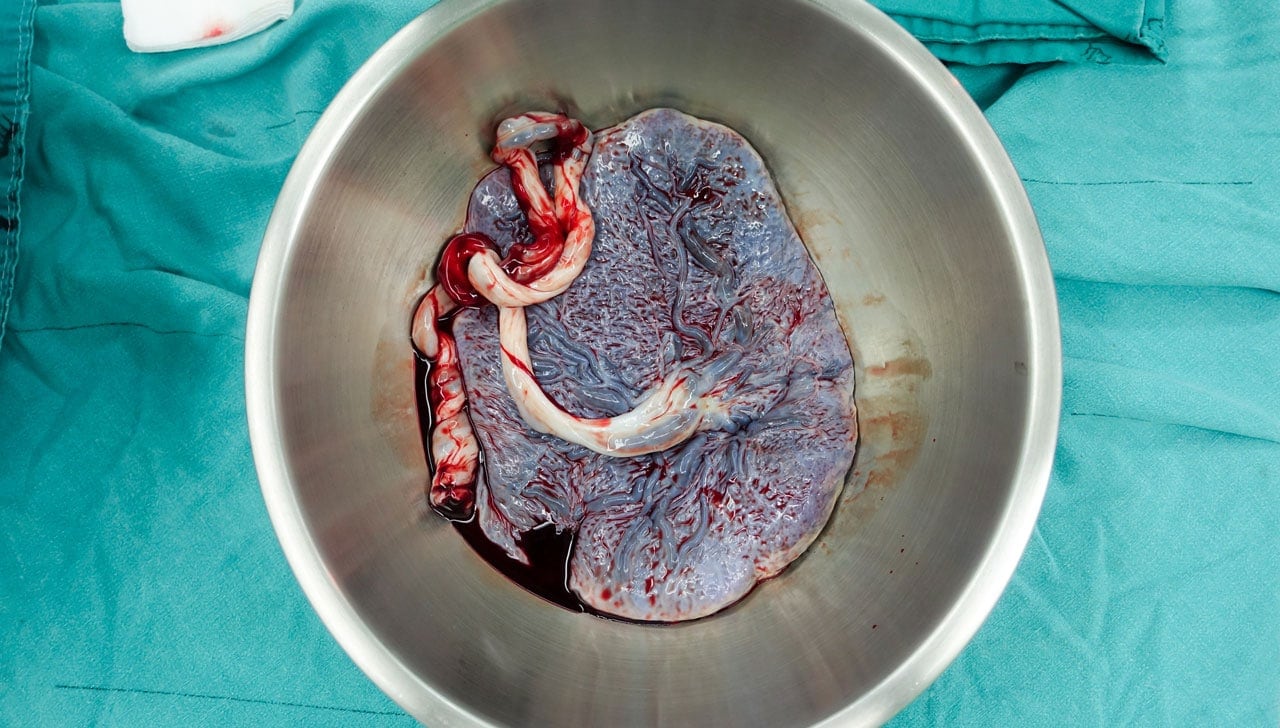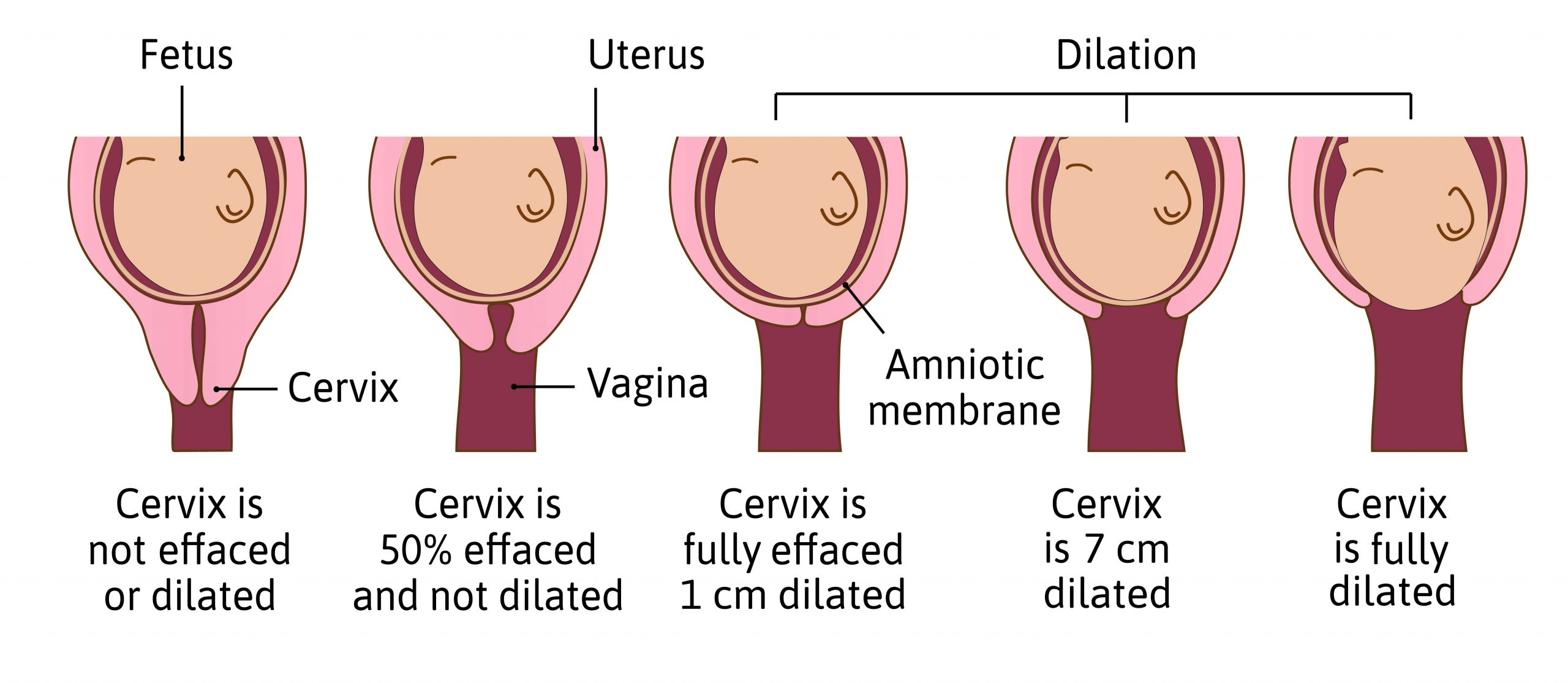What Is an Episiotomy?
Episiotomy is a procedure in which a small cut is made to widen the opening of the vagina when a woman is giving birth. It may be done to avoid tearing of the skin at the opening of the vagina. It also may be done to help with delivery of the baby. It’s needed when:
- Birth is imminent and the perineum hasn’t had time to stretch slowly
- The baby’s head is too large for the vaginal opening
- The baby is in distress
- The mother needs a forceps or vacuum-assisted delivery
- The baby is in a breech presentation and there is a complication during delivery
- The mother isn’t able to control her pushing
How Is Episiotomy Performed?
If you have already had an epidural, you will probably not need any further anesthetic. If otherwise, it will be necessary to utilize a local anesthetic called a pudendal block in your perineum. The mediolateral cut is angled down, away from the vagina and the perineum, into the muscle. The midline cut is performed by cutting straight down into the perineum, between the vagina and anus.
How Can I Prevent the Need to Have an Episiotomy?
During right before or during the second stage of labor perineal massage can decrease muscular resistance and reduce the likelihood of laceration. Moreover, use of warm compresses on the perineum during pushing can reduce third-degree and fourth-degree lacerations.
- Good nutrition — healthy skin stretches more easily!
- Kegels (exercise for your pelvic floor muscles)
- A slowed second stage of labor where pushing is controlled
- Avoiding lying on your back while pushing
Can Episiotomy Be Harmful?
Episiotomies have the following potential side effects:
- Infection
- Bruising
- Swelling
- Bleeding
- Extended healing time
- Painful scarring that might require a period of abstinence from sexual intercourse
- Future problems with incontinence
What Should I Do if I Have Pain From a Perineal Tear or an Episiotomy?
As you heal from a vaginal delivery, you’ll likely experience a few weeks of swelling and pain in your perineum (the area between your vagina and anus). If you had a perineal tear or episiotomy, the pain may be more severe and the area may take longer to heal. Try these tips to relieve your discomfort:
- Apply an ice pack or cold gel pack to the perineal area for 10 to 20 minutes at a time. This is most effective in the first 24 to 72 hours after birth.
- Apply witch-hazel pads to the perineal area.
- Take ibuprofen.
- If sitting is uncomfortable, sit on a pillow. There also are special cushions that may be helpful.
- Try a sitz bath (sitting in warm, shallow water). Special basins are made for this purpose.
- When you are on the toilet, clean your genitals with warm water from a squeeze bottle.
This also can help trigger the flow of urine. Pat dry when you’re finished. - Try breastfeeding while lying on your side. This position may be more comfortable
because it doesn’t put pressure on your perineum.
What if I Want to Avoid Having an Episiotomy?
Talk with your ob-gyn about episiotomy at one of your prenatal care visits. The American College of Obstetricians and Gynecologists (ACOG) recommends that episiotomy be done only when it is absolutely necessary. This might include situations when the fetus is stressed and needs to be delivered more quickly, or to prevent larger tears that may happen during delivery. Ask your ob-gyn:
- How often he or she does episiotomies
- What type is most often done
- What type of situations call for this procedure
Together you can make a decision about your particular situation.
Want to Know More? Read the Following Articles:
- Creating Your Birth Plan
- Labor & Birth Terms to Know
- Cord Blood Banking – Your Three Choices Explained
Compiled using information from the following sources:
William’s Obstetrics Twenty-Second Ed. Cunningham, F. Gary, et al, Ch. 17.
Danforth’s Obstetrics and Gynecology Ninth Ed. Scott, James R., et al, Ch. 2.
ACOG: What is an episiotomy?






